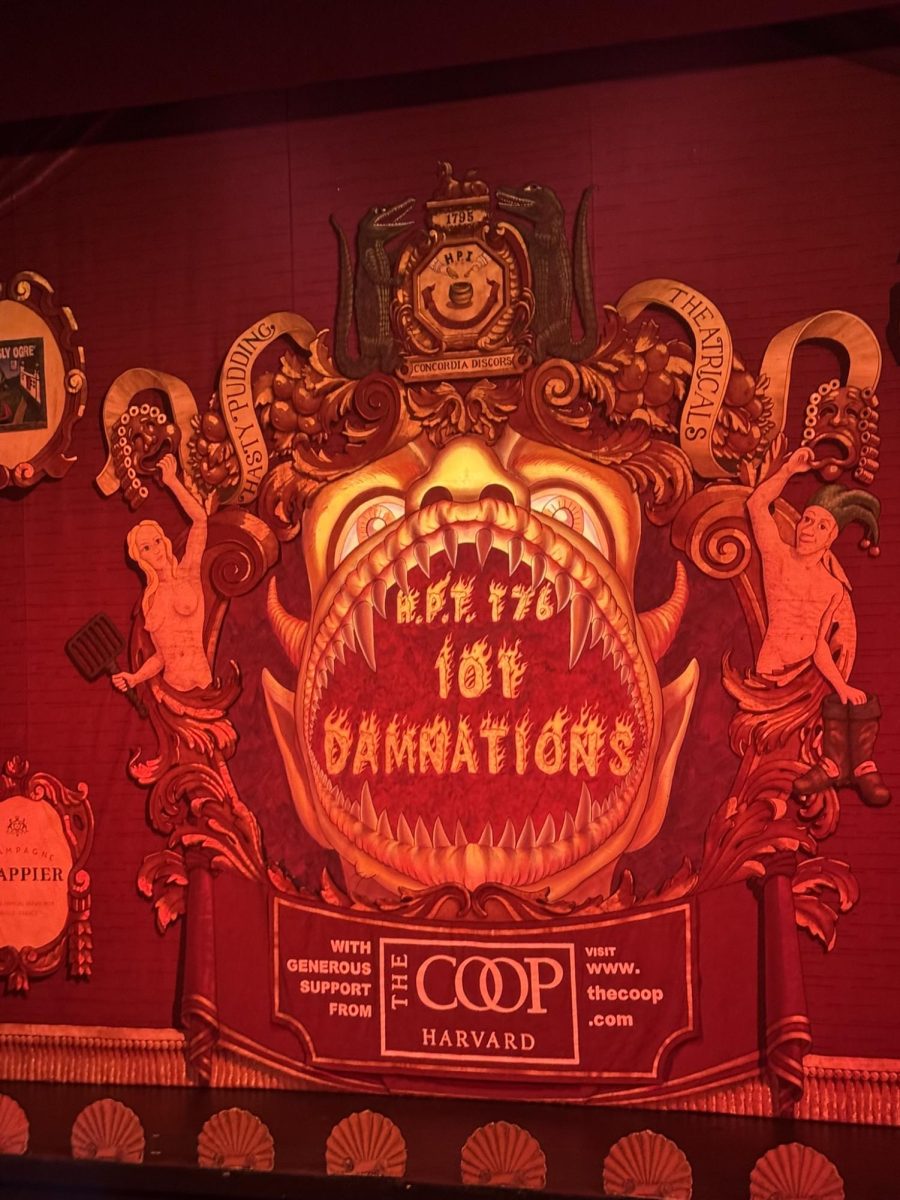On Friday, a crowd of faculty, students and friends of the college joined together in Jewett Arts Center’s (JAC) 450 lecture room to hear from celebrated visual artist Sarah Oppenheimer.
One of Oppenheimer’s most notable projects is entitled “S-281913” and has been commissioned by Perez Art Museum Miami. “S-281913” consists of two glass structures that can be rotated on their axes to allow the viewers to manipulate the visual material present in their reflections. Oppenheimer’s visual art represents the overlap between sculpture and architecture.
The event began with a PowerPoint presentation and eventually moved out into the Jewett sculpture court.
The PowerPoint portion of her lecture dealt with conceptions of boundaries, arrays of space and the ways in which she has reconfigured these values to allow viewers to experience the combination of these concepts in an untraditional way. She described how the infrastructure of buildings shape the way people view art because integral structures, such as columns, are blind spots that interfere with what people experience. In addition to her focus on boundaries, Oppenheimer extensively discussed the idea of existing at several times in space. Time, like space, can overlap. For example, people in a building exist in a different time than that of the building itself. Thus, “you have the time of us in the building and the time of the building itself,” Oppenheimer said. She incorporated visual representations of her argument, to help the audience visualize a concept that goes against the seemingly-unchangeable nature of building structures. To bridge the conceptual gap between boundaries and time, Oppenheimer explained the movement of one space to another changes the isovist, which is the set of all points visible from a given vantage point with respect to an environment that is liable to change with position.
Oppenheimer prompted the large group to go downstairs into the Jewett Sculpture Garden and consider these ideas while moving through the space. She urged her audience to think about how the objects in the space influenced what they saw and what they did not see, and how the absence of objects determined how they interacted with the space.
While moving throughout the sculpture garden, professors discussed how the space had changed and adapted to the needs of the community over time, highlighting Oppenheimer’s idea that boundaries are not fixed points but can be shifted and manipulated to control the flow of the space.
Oppenheimer was adamant about recognizing that all of her work comes from collaboration between her and her team. Whenever describing her work, she acknowledged the group effort it took create such a piece.
For example, she discussed a project she completed for the PPOW gallery in New York. This work was a structure that dealt with the idea of spatial zones and the importance of not adhering to the predefined limits of a space, but reconfiguring the space to create an experience that highlights the temporal conditions of the work. With no background in physics, Oppenheimer embodies the notion that one can learn anything one is interested in. She began as a painter but quickly changed professions when she realized that painting could not help her solve the problem of depth and how one can manipulate it. She was fascinated with not only creating the parametric model she worked so hard to construct, but also understanding in the dynamics of how people interact with her work.
After the lecture ended, the conversation continued in JAC 354 during a lunch reception.
Oppenheimer sat with Wellesley students and spoke to them about their interests and fields of studies. She discussed the spontaneity of life and the importance of the ability to adapt to change and keep an open mind. Without that outlook, Oppenheimer said, “I would have never been an architect.” “You can make any problem interesting, and if you are interested in a problem, you can always learn how to solve it,” she said.



